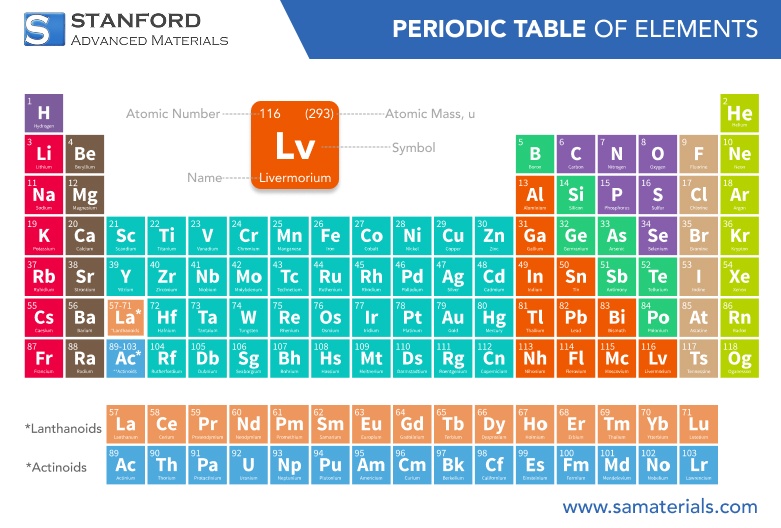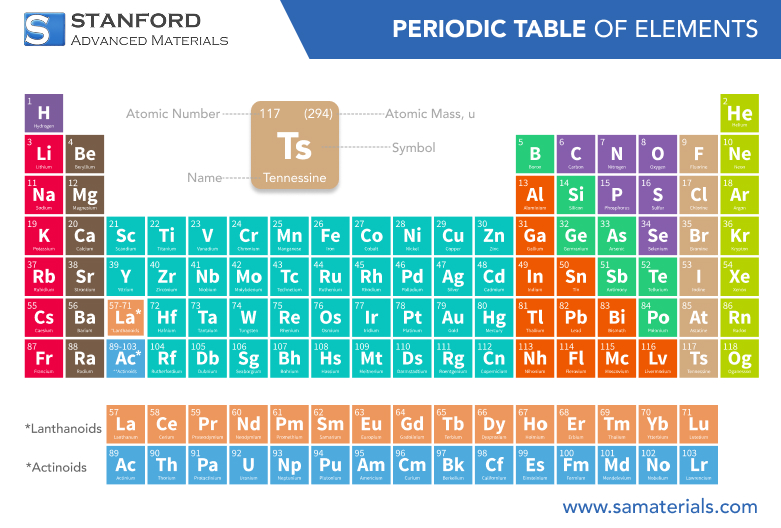Berkelium: Element Properties And Uses
Description
Berkelium, element 97, is a synthetic, radioactive actinide with distinct chemical and physical properties. Its use supports nuclear research.
Introduction to the Element
Berkelium is a synthetic radioactive element that belongs to the actinide series in the periodic table. It was discovered in 1949 at the University of California, Berkeley and carries the atomic number 97. Berkelium is transuranic and does not occur naturally. It is produced in very limited amounts in nuclear reactors and particle accelerators.
Its production is challenging because of high radioactivity and a short half-life. Researchers mainly obtain it in specialised laboratories. Studies using Berkelium have improved the understanding of nuclear reactions and the behaviour of heavy elements, thereby advancing nuclear chemistry and physics.
Chemical Properties Description
Berkelium exhibits chemical properties typical of heavy actinides. It usually exists in the +3 oxidation state and less frequently in the +4 state. In chemical reactions, Berkelium tends to lose electrons and forms coordination complexes with oxygen, halogens and other ligands. Its compounds can exhibit various colours such as green or yellow, depending on the chemical environment.
The element’s reactivity is influenced by its unique electron configuration. In aqueous solutions, Berkelium ions form complexes that assist scientists in investigating its electronic structure.
Physical Properties Data Table
|
Property |
Value |
Description |
|
Atomic number |
97 |
Identifies Berkelium in the periodic table |
|
Atomic mass |
~247 |
Typical mass number for Berkelium isotopes |
|
Melting point |
~986°C |
Approximate temperature at which Berkelium melts |
|
Boiling point |
~2900°C |
Estimated temperature at which Berkelium boils |
|
Density |
~14 g/cm³ |
Estimated density for solid Berkelium |
For further information please visit Stanford Advanced Materials (SAM).
Common Uses
Berkelium is used primarily in nuclear research. Scientists examine its decay patterns and use it as a target to synthesise heavier transuranic elements. This research has produced quantitative data on nuclear reactions and radioactive decay mechanisms.
Additionally, Berkelium is employed in high-energy physics experiments to calibrate sensitive detection instruments, thereby ensuring the accuracy of experimental measurements. Its applications in everyday industrial products are minimal. However, research with Berkelium has indirectly benefitted fields such as nuclear medicine and energy production by improving the handling and processing of radioactive materials.
Synthesis Methods
Specialised facilities produce Berkelium using complex processes. Researchers bombard lighter actinide targets with neutrons or charged particles. Consequently, the target elements convert into Berkelium isotopes. The synthesis occurs in nuclear reactors or particle accelerators under controlled conditions that permit the formation of this element.
Frequently Asked Questions
What is Berkelium?
Berkelium is a synthetic radioactive element of the actinide series with atomic number 97. It is produced in nuclear reactors and accelerators.
How is Berkelium produced?
Scientists synthesise it by bombarding lighter actinide targets with neutrons or charged particles in specialised nuclear facilities.
What are the common uses of Berkelium?
It is primarily used in scientific research to study nuclear reactions and to support the synthesis of heavier transuranic elements.
Why is Berkelium rarely used in industry?
High radioactivity, a short half-life and limited production restrict its use mainly to research rather than to commercial applications.
Are there related industrial products associated with the production of Berkelium?
Yes, facilities that produce Berkelium also manufacture other radioactive substances used in nuclear reactors and in medical diagnostics.

 Bars
Bars
 Beads & Spheres
Beads & Spheres
 Bolts & Nuts
Bolts & Nuts
 Crucibles
Crucibles
 Discs
Discs
 Fibers & Fabrics
Fibers & Fabrics
 Films
Films
 Flake
Flake
 Foams
Foams
 Foil
Foil
 Granules
Granules
 Honeycombs
Honeycombs
 Ink
Ink
 Laminate
Laminate
 Lumps
Lumps
 Meshes
Meshes
 Metallised Film
Metallised Film
 Plate
Plate
 Powders
Powders
 Rod
Rod
 Sheets
Sheets
 Single Crystals
Single Crystals
 Sputtering Target
Sputtering Target
 Tubes
Tubes
 Washer
Washer
 Wires
Wires
 Converters & Calculators
Converters & Calculators
 Write for Us
Write for Us




 Chin Trento
Chin Trento



